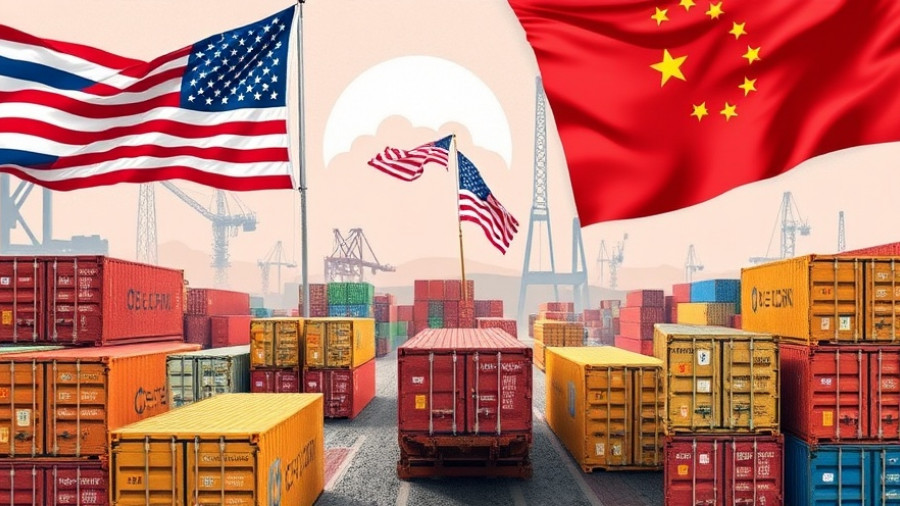
Understanding the Ripple Effects of Tariffs in 2025
In the ever-evolving landscape of global trade, tariffs have become a focal point in recent years, especially as governments navigate economic recovery and protectionist agendas. As of late 2025, discussions surrounding tariffs continue to generate significant buzz, shaping both local and international markets. Businesses, consumers, and policymakers alike are trying to decipher how they will influence various sectors.
The Personal Impact of Tariff Policies
For the average consumer, the implications of tariffs often manifest in tangible ways, like higher prices on everyday goods. As tariffs are imposed on imports, companies facing increased costs might pass those expenses onto consumers, sparking inflation concerns. It's essential for individuals to understand that each policy decision can cascade through the economy, impacting everything from grocery bills to the availability of certain products.
Industries Navigating New Tariff Regulations
Some sectors are more heavily impacted than others. For example, industries reliant on imported raw materials may face significant challenges. The automotive sector, which depends on international supply chains, has seen shifts in pricing and demand as tariffs fluctuate. Companies in this space are now re-evaluating supply chains, seeking local sourcing options to mitigate potential tariff burdens. This can lead to an increase in domestic job creation, though the transition may prove challenging for some.
Grassroots Initiatives Supporting Local Businesses
Interestingly, amidst tariff changes, local initiatives are also gaining traction. Community-based programs are emerging to support small businesses affected by international trade policies. These grassroots movements often focus on promoting locally made products, helping businesses to thrive despite the pressures of global competition brought on by tariffs. By rallying community support, they aim to foster a sense of resilience and togetherness, demonstrating how local action can provide a buffer against broader challenges.
Future Considerations: What Lies Ahead for Tariff Policies?
Looking toward the future, it is crucial for the general public and business leaders to engage in ongoing discussions about tariffs. What reforms might arise as governments assess their impacts? Will we see a shift toward more multilateral trade agreements that could mitigate tariff-induced tensions? Understanding these dynamics will not only help consumers make informed choices but can also empower local businesses to adapt proactively.
By staying informed and involved, community members can navigate these challenges together, ensuring that their voices are heard in the dialogue surrounding tariffs and trade policies.
 Add Row
Add Row  Add
Add 




Write A Comment